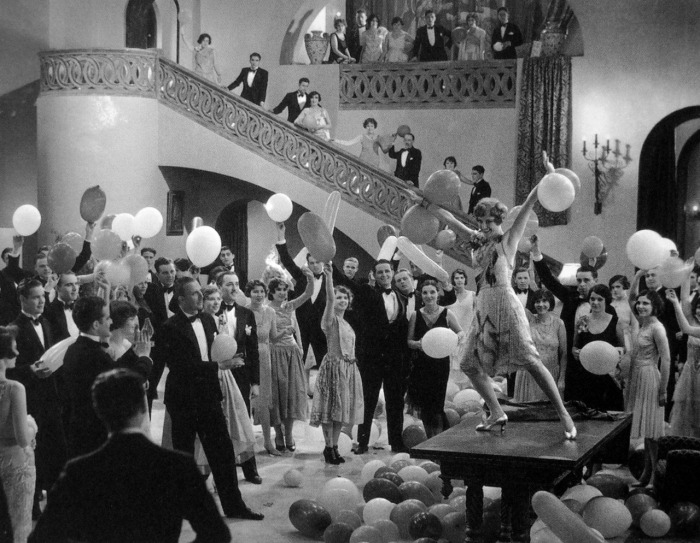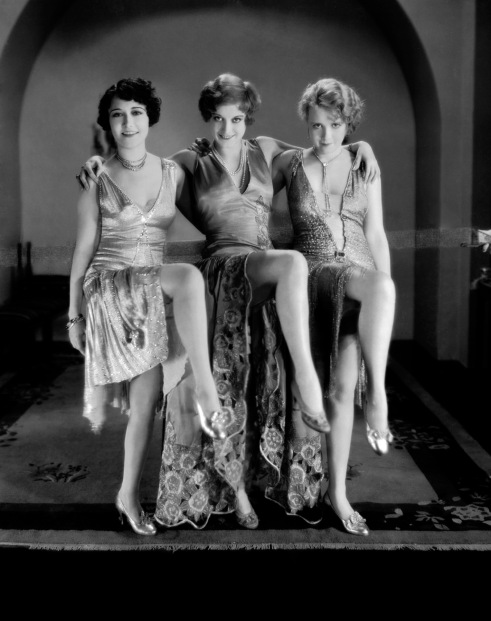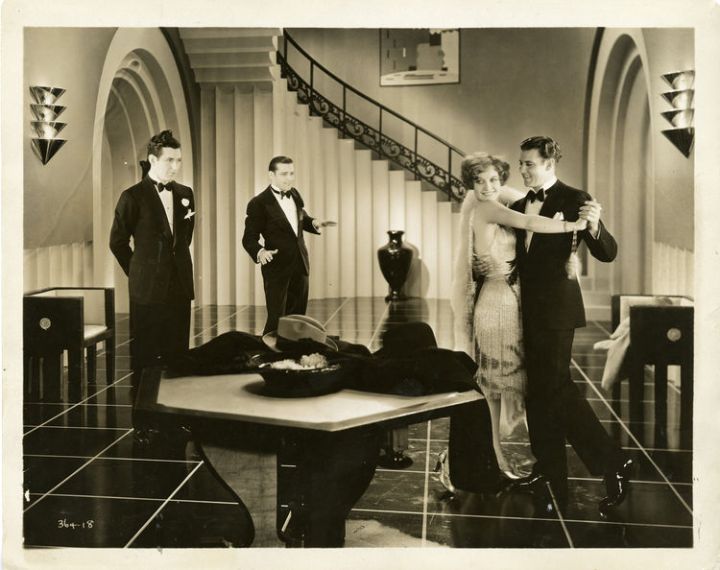So this month is Fashion Month on the FaceBook version of my friend Monty’s blog All Good Things. Every Month he organises a new topic to discuss and four of us Classic film lovers take it in turns to write something related. They are he, Desiree who runs a wonderful blog dedicated to her favourite actress, Rosalind Russell: Dazzling Star, Crystal who runs her own Classic film blog called In the Good Old Days of Classic Hollywood and myself.
This month, we’re discussing fashion in the Golden Age and while we each choose one film to discuss a day, we have free reign to discuss it however we choose.
Due to my love of Vintage Fashion, I wanted to discuss Hollywood fashion in a contemporary sense, rather than it’s ventures into period costumes, starting with some facts about the 1920s and ending with the 1950s. My love of vintage does stretch to the 1960s and sometimes 70s but my interest in it really starts to fade at the 1960s in terms of how it’s represented in film.
So to start off, I’ve chosen what I feel is the quintessential 1920s flapper film: Our Dancing Daughters (1928).

The title in itself evokes youth and frivolity as it seems to be a sentence that the “adults” of the time would have uttered, concerned about what their carefree and high-living daughters were up to when they stayed out partying all night. Joan Crawford stars as the perceived “bad girl” Diana Medford but she’s really a good girl at heart. Anita Page is supposedly the “good girl” Ann, but she’s really the bad girl. Along with their friend Beatrice, played by Dorothy Sebastian they whoop up the town as they attend social house parties, dance the Charleston, drink champagne and flirt with men.
Their costumes represent this wild lifestyle as dresses became shorter in the 20s as a reflection of the rebellion that was taking place. For a young person, it was no longer fashionable to do what you were told by your elders and so this shocking act of exposing your ankles was an unspoken act of defiance. Of course, it also made it easier to dance in.

Joan Crawford made her name in this role and became a hugely popular star as the fun-loving, flapper type! The most detailed and elaborate costumes are given to her in the film such a heavily fringed, knee length dresses to exaggerate the vigorous movements of her dancing, beaded gowns to catch the light, big beautiful fur wraps to represent wealth and decadence, and chic, close fitting cloche (or bucket) hats which were “all the rage” in the 1920s.

On a side note, Our Dancing Daughters is also counted as one of the last silent films but it was made at a time when sound was beginning to make it’s way onto the scene and so it incorporates audio sequences such as laughing and clapping crowds, popping balloons and it’s own original musical score. And if you’re a lover of Art Deco design as I am, this film is the ultimate visual spectacular for the movement. The architecture is absolutely breathtaking and even some of the costumes reflect the style.

It’s a great little film and so historically important in that it’s perfectly representative of the height of the 1920s flapper!
Jessica-Ellen X


